7 technologies that transformed warfare
The evolution of war
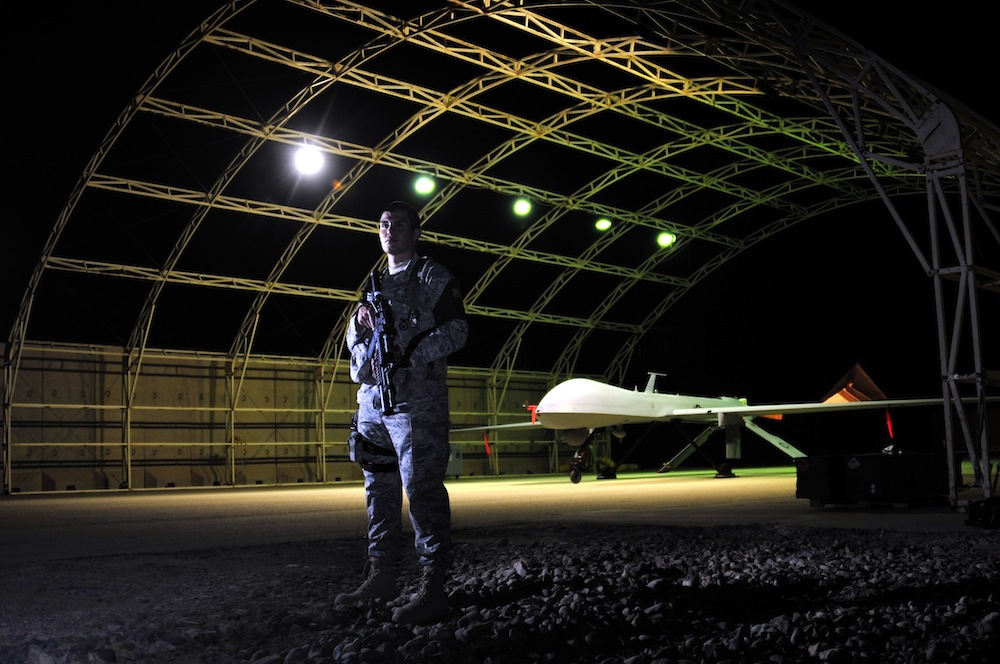
War has a long history that dates back to the dawn of civilization, but armies have come a long way since the spear, or the bow and arrow. Advances in technology have led to faster airplanes, laser-guided weapons, and unmanned, bomb-carrying vehicles.
Here are seven technologies that have transformed warfare.
Drones
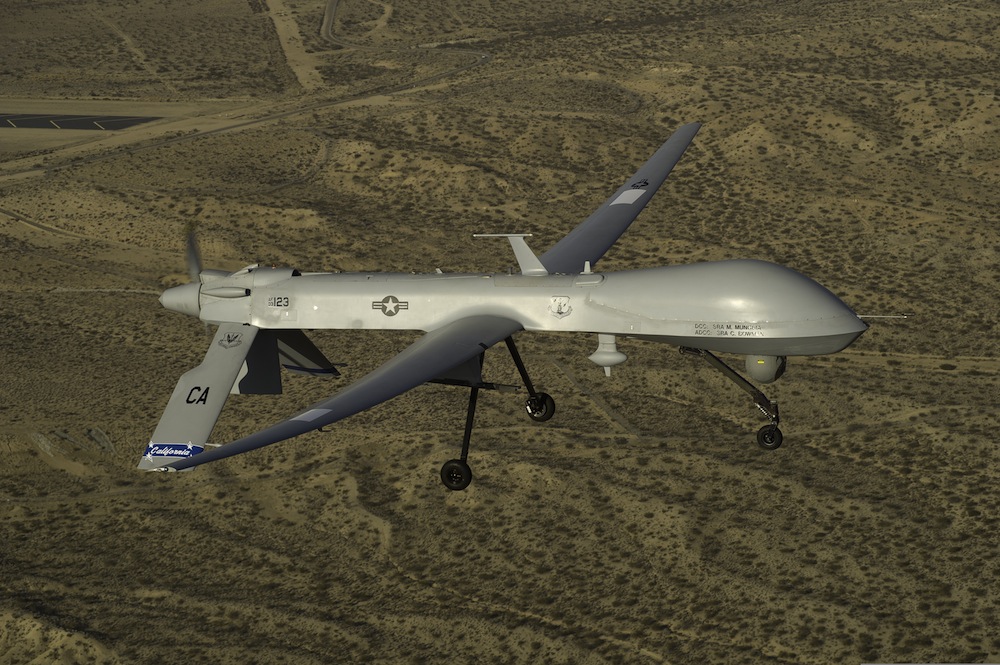
Combat drones, or unmanned aerial vehicles, enable troops to deploy weapons in war while safely remaining thousands of miles away from the front lines of the battlefield. As such, the lives of drone pilots are not in danger, which helps the military limit the number of combat fatalities.
In the U.S. military, the use of drones is expanding across all branches of operational forces.
Fly-by-wire technology

Fly-by-wire technology replaces manual flight controls with an electronic interface that uses signals generated by a computer and transmitted by wires to move control mechanisms. The introduction of fly-by-wire systems in aircraft enabled more precise computer guidance and control. For instance, fly-by-wire systems could automatically help stabilize airplanes, without relying on manual inputs from the pilot.
Submarines
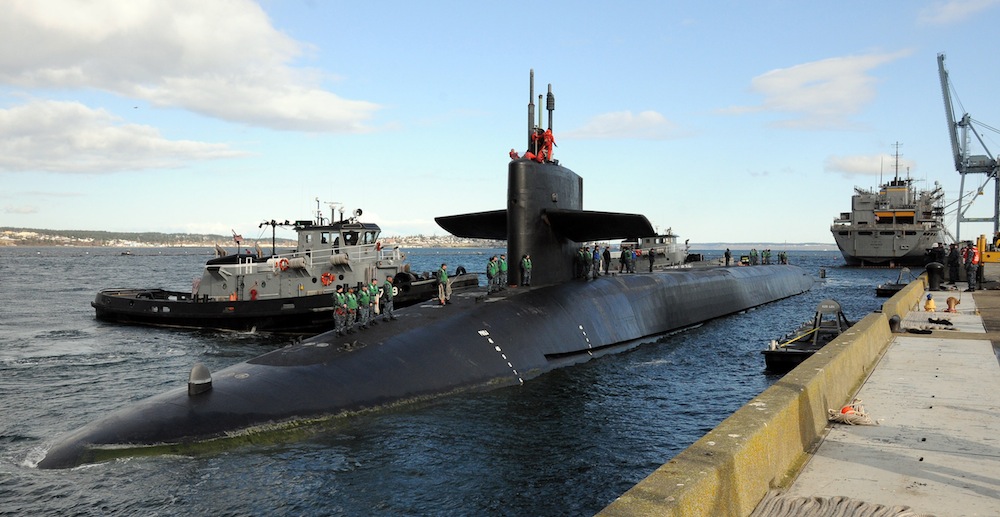
Submarines revolutionized naval warfare by introducing underwater vessels capable of attacking enemy ships. The first successful submarine attack on a warship occurred during the American Civil War, which lasted from 1861 to 1865. In February 1864, the Confederate submarine CSS H.L. Hunley sank the USS Housatonic in the waters off South Carolina.
Today, the military uses submarines to carry missiles, conduct reconnaissance, support land attacks, and establish blockades.
Get the world’s most fascinating discoveries delivered straight to your inbox.
Tomahawk missiles
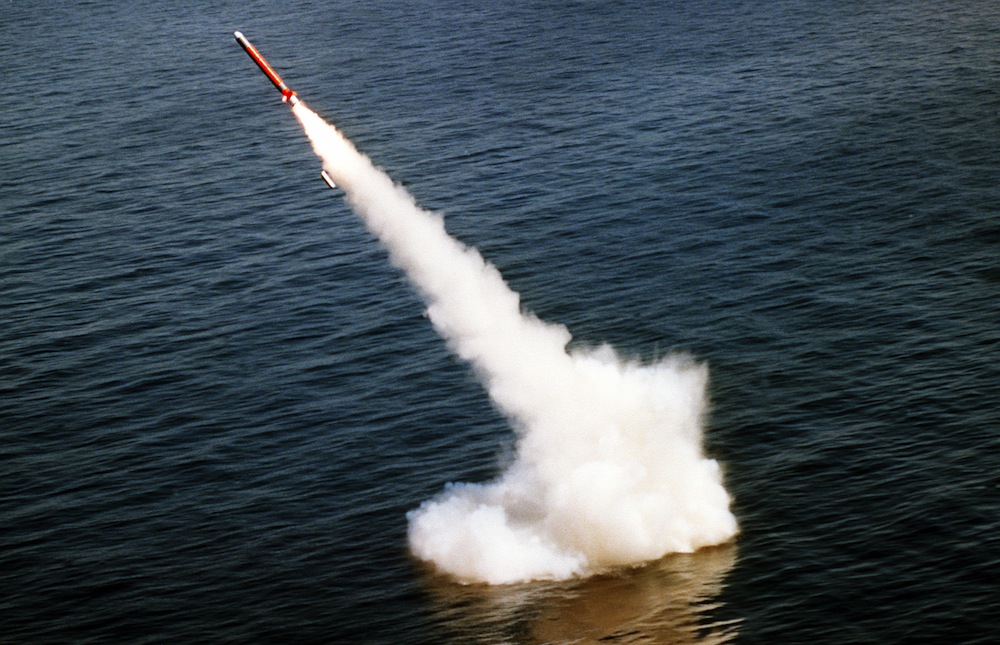
The Tomahawk is a type of long-range cruise missile designed to fly at extremely low altitudes at subsonic speeds, enabling the weapons to be used to attack various surface targets. These jet engine-powered missiles were first used operationally during Operation Desert Storm in 1991. The missiles travel at speeds of approximately 550 miles per hour (880 km/h), and use GPS receivers to pinpoint their targets more accurately.
Stealth aircraft

Stealth aircraft, as their name suggests, help pilots evade detection in the sky. While planes cannot be completely invisible to radar detection, stealth planes use a range of advanced technologies to reduce the aircraft's reflection, radio frequency spectrum, and radar and infrared emissions. Stealth technology increases the odds of a successful attack, since enemies have a harder time finding, tracking and defending against these aircraft.
The development of stealth technology likely began in Germany during World War II, but some of the most well-known modern examples of American stealth aircraft include the F-35 Lightning II, the F-22 Raptor and the B-2 Spirit. [Supersonic! The 10 Fastest Military Airplanes]
Space weapons

Space weapons include a range of warheads that can attack targets on Earth from space, intercept and disable missiles traveling through space, or destroy space systems or satellites in orbit. During the Cold War, the U.S. and the former Soviet Union both developed space weapons, as political tensions escalated.
While the militarization of space remains controversial, the U.S., Russia and China have developed anti-satellite weapons. Several test firings of these warheads have been successful in destroying satellites in orbit, including a 2007 Chinese anti-satellite missile test that destroyed one of the country's defunct weather satellites.
Nuclear weapons
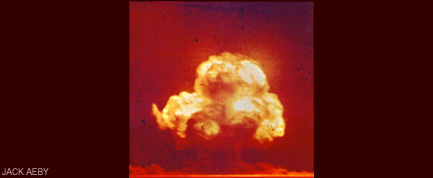
Nuclear bombs are humankind's most destructive weapons. These warheads draw their destructive force from nuclear reactions, which release enormous amounts of explosive energy. The world's first nuclear weapons, or atomic bombs, were developed by physicists working on the Manhattan Project during World War II.
The Manhattan Project, which began in 1939, has become one of the most well-known secret research programs. The first nuclear bomb was detonated on July 16, 1945, during the so-called Trinity test at the Alamogordo Air Base in New Mexico. The explosion created a massive mushroom cloud, and the bomb's explosive power was equivalent of more than 15,000 tons of TNT.
In August 1945, two atomic bombs were dropped on Hiroshima and Nagasaki in Japan. The bombings effectively ended World War II, but ushered in decades of global fear of nuclear annihilation. To date, the bombings of Hiroshima and Nagasaki remain the only uses of nuclear weapons in war.

Denise Chow was the assistant managing editor at Live Science before moving to NBC News as a science reporter, where she focuses on general science and climate change. Before joining the Live Science team in 2013, she spent two years as a staff writer for Space.com, writing about rocket launches and covering NASA's final three space shuttle missions. A Canadian transplant, Denise has a bachelor's degree from the University of Toronto, and a master's degree in journalism from New York University.
